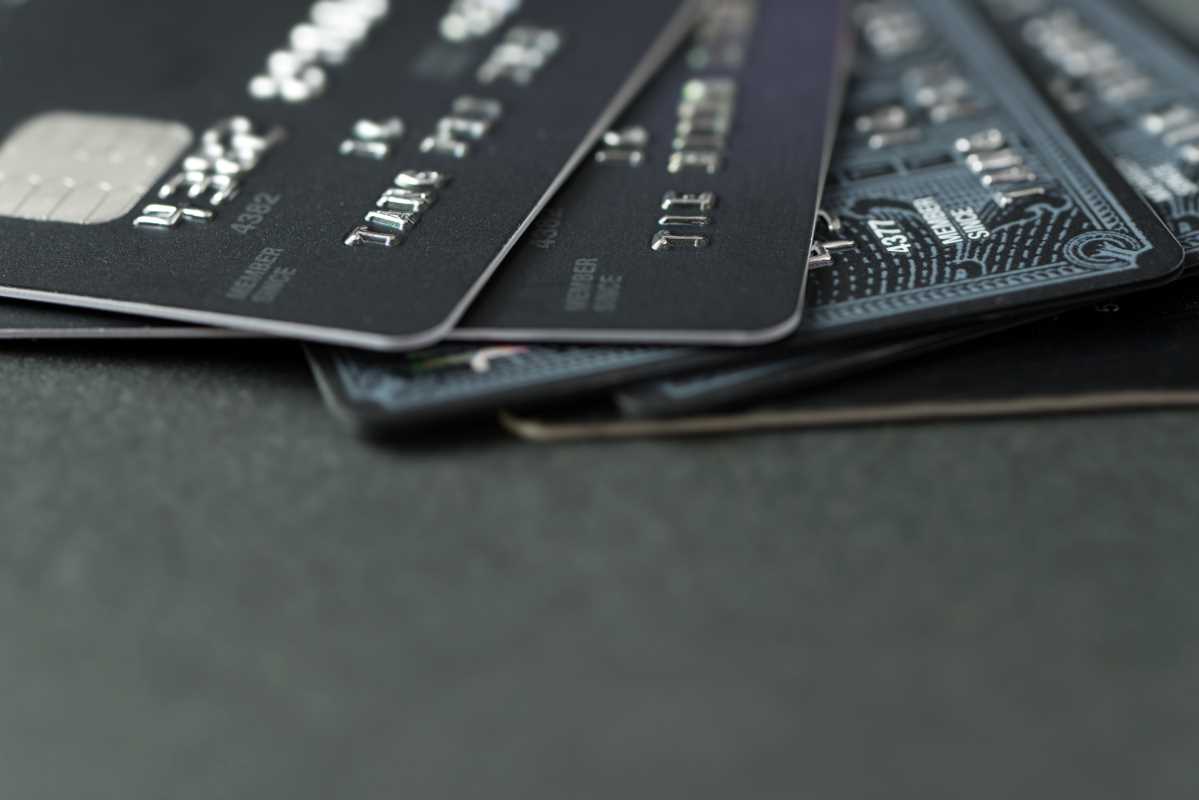Buying your first home is a big milestone, but it’s also a financial challenge that requires careful planning. Understanding mortgages, down payments, and additional costs might seem like too much, especially if you’re not sure where to begin. Budgeting effectively can make all the difference. By having a clear plan, you’ll avoid common pitfalls and feel more prepared to handle the associated costs of homeownership. Our guide will give you tips designed for first-time homebuyers to learn how to build a realistic budget and set yourself up for success.
Understand All Costs Beyond the Mortgage
Monthly mortgage payments might seem like the biggest hurdle, but they are only part of the equation. Many first-time buyers are surprised by extra costs that come with homeownership. Property taxes, homeowners insurance, and maintenance expenses quickly add up. Don't forget closing costs, which typically equal 2-5% of your home’s purchase price. A $250,000 home could have closing costs that range between $5,000 and $12,500.
Budgeting for these expenses means planning ahead. Start by researching average local property taxes and insurance rates in your area. Understanding these figures will give you a more realistic picture of your total monthly costs.
Determine What You Can Afford
Many first-time buyers make the mistake of focusing solely on how much they qualify for, not how much they can comfortably afford. Just because the bank approves you for a $350,000 loan doesn’t mean you should max out that budget.
A good rule of thumb is keeping your monthly housing expenses (including mortgage, taxes, insurance, etc.) at 28% or less of your gross income. If your total monthly income is $5,000, aim to keep your monthly housing costs at or below $1,400. This approach means you'll have enough funds left for other essential expenses like utilities, groceries, and savings.
Save for a Down Payment
The idea of saving 20% for a down payment might feel daunting. Thankfully, there are plenty of ways to reach your savings goal. Open a separate high-yield savings account dedicated purely to your home fund. Automating direct deposits into this account can help you save consistently over time.
Some loan programs, like FHA loans, require as little as 3.5% down. Then there are VA loans that might not require a down payment at all. Research these options to determine what works best for your situation. Just remember that smaller down payments often lead to higher monthly payments due to added interest or private mortgage insurance (PMI). Honing in on what you’re comfortable paying up front versus long term will guide your decision.
Tackle Existing Debt
Excessive debt can make homeownership harder to achieve since lenders look closely at your Debt-to-Income (DTI) ratio. This ratio compares how much debt you have to your monthly income. Generally, lenders prefer a DTI of 43% or lower.
Focus on paying down high-interest debts first, especially credit card balances. Prioritizing these payments frees up space in your budget and makes you more attractive as a borrower. Consider using strategies like the snowball method (paying off small debts first) or the avalanche method (paying off the highest-interest debts first) to build momentum and see progress quickly.
Get Pre-Approved
Understanding how much you can borrow starts with getting pre-approved for a mortgage. This detailed process allows lenders to evaluate your finances and provide a clear picture of what you can afford.
Pre-approval isn’t just about knowing your budget. It also shows sellers that you’re a serious buyer, giving you a competitive edge in today’s housing market. Use this step to compare loan options and interest rates among different lenders. Even a small difference in interest rates can save you thousands over the life of your loan.
Automate Monthly Savings
Building a financial cushion is essential during the homebuying process. Automatic savings plans help you regularly put aside funds for your down payment or emergency expenses. Apps like Digit or Qapital can help by rounding up your purchases and transferring the spare change to a savings account.
Having a few months’ worth of living expenses in a separate emergency fund before purchasing the home means you’ll be ready for unexpected costs, like repairs or utility upgrades. This safety net will keep you financially stable even when surprises arise.
Research Assistance Programs
Affording your first home doesn’t have to be a solo venture. Many state and federal programs are designed to help first-time buyers with down payments, closing costs, and lower mortgage rates.
The USDA loan program offers options for buyers in rural areas, allowing for 0% down. Similarly, many cities provide grants or loans for residents purchasing their first property. Check with local housing authorities and nonprofit organizations to see what’s available where you plan to buy.
Stick to a Housing Budget
Create a monthly budget tailored to your new responsibilities as a homeowner. Your financial plan should outline every expense, including housing-related costs (mortgage, utilities, HOA fees), alongside other things like groceries or transportation.
Apps like Mint or YNAB (You Need A Budget) make tracking expenses easier, helping you adjust your spending in real-time. Sticking to an organized budget eliminates surprises and gives you peace of mind as you transition from renter to homeowner.
Consider Fixer-Uppers Thoughtfully
A fixer-upper might seem like a great way to save money, but these properties often come with significant renovation costs. Before going this route, weigh the pros and cons carefully. Get quotes for repairs and make sure the project fits within your total budget.
FHA 203(k) loans are designed for buyers interested in taking on these types of homes. These loans allow you to include renovation costs into your mortgage, simplifying the process while making home improvements more affordable.
Think Beyond the Sticker Price
The asking price of a home isn’t the only factor to consider. Long-term costs, like utilities, home maintenance, and property taxes, can vary wildly based on location and property size. Older homes often require more upkeep, but newer builds can come with lower maintenance expenses but higher neighborhood fees.
Start by estimating these costs during the home-shopping phase and negotiate repairs or credits during the buying process. Factoring in these “hidden” costs helps you stay on budget even after the moving trucks leave.
 (Image via
(Image via
.jpg)




